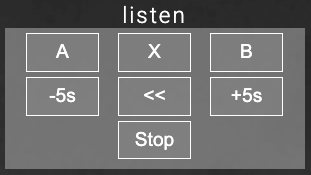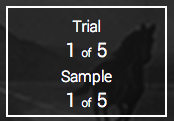A p-value is the likelihood that the result obtained would occur by chance if there were no difference. That is, a p<.05 means that if you randomly selected A or B each time, there is a 5% chance that you could get the result you got or one more extreme (i.e. closer to 0% or 100% right).
In psychometric testing a result with p<.05 is often interpreted as the individual detecting the difference between samples.
Because the likelihood of getting one or more extreme results by chance increases when doing multiple tests (i.e. 1 sample = 5% chance, 2 samples = 2 x 5% chance = 10% chance), Bonferroni correction is applied to compensate. Bonferroni correction is done by dividing the cut-off (i.e. p<.05) by the number of samples (e.g. for 2 samples the cutoff becomes 0.05/2, thus the new cutoff is p<0.025)





